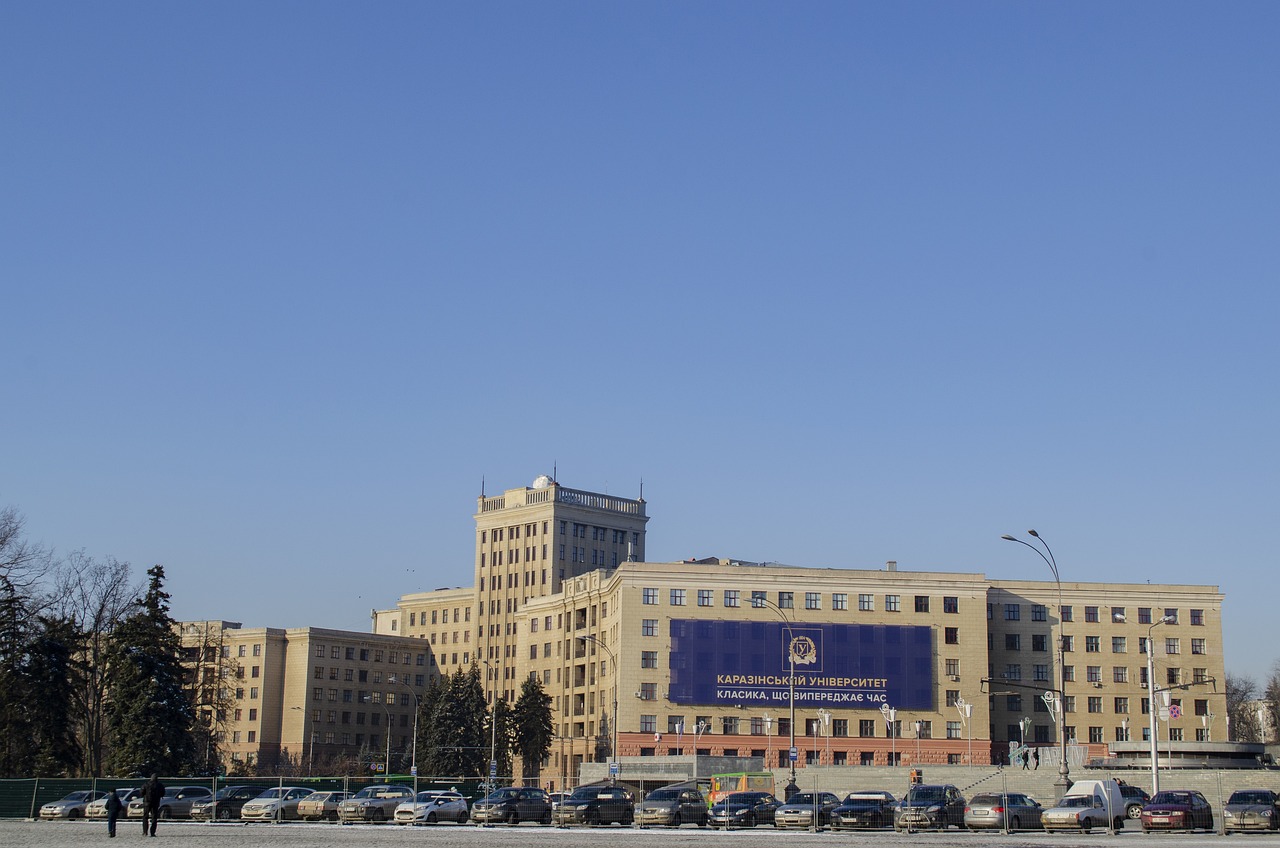The Role of Educational Technology in Refugee Education
Refugee students encounter numerous obstacles when trying to access education in host countries. Language barriers often pose a significant challenge, as students may not be proficient in the language of instruction. This can lead to difficulties in understanding coursework and communicating with teachers and peers. Additionally, refugee students may face discrimination and stigmatization in educational settings, which can hinder their ability to engage effectively in learning activities.
Moreover, the lack of recognition of prior educational qualifications and experiences is another major challenge for refugee students. Many host countries do not have standardized procedures for evaluating and accrediting academic credentials obtained in refugee camps or war-torn regions. As a result, students may be forced to repeat years of schooling or undertake additional assessments, delaying their educational progress and causing frustration. This lack of recognition can also limit refugees’ access to higher education and employment opportunities in the future.
Benefits of Using Educational Technology in Refugee Education
Educational technology plays a vital role in enhancing the learning experience of refugee students. By incorporating digital tools and resources, educators can cater to diverse learning needs and provide personalized support to students who have faced disruptions in their education. Technology can offer interactive and engaging learning opportunities, facilitating skill development and knowledge acquisition in a more accessible and innovative way.
Furthermore, educational technology enables refugee students to access educational materials and resources regardless of their geographic location or limited access to traditional educational facilities. This flexibility can empower students to continue their learning journey, stay engaged with their studies, and bridge any gaps in their education caused by displacement. Through online platforms and digital learning resources, refugee students can have a more equitable opportunity to pursue education and strive towards a brighter future.
Examples of Successful Implementation of Educational Technology in Refugee Education
In Kenya, a non-profit organization introduced a mobile learning app to provide educational resources to refugee students in the Dadaab refugee camp. The app allowed students to access interactive learning materials, practice quizzes, and educational videos, helping them continue their education despite the challenges they faced. As a result, there was a significant increase in student engagement and academic performance among the refugee students.
In Lebanon, a project called “Can’t Wait to Learn” implemented a tablet-based educational program for Syrian refugee children. The program utilized adaptive learning technology to tailor lessons to individual students’ learning needs and pace. This innovative approach not only improved students’ academic skills but also provided them with a sense of normalcy and stability amidst the turmoil of displacement.
• The mobile learning app in Kenya allowed students to access interactive learning materials, practice quizzes, and educational videos
• Significant increase in student engagement and academic performance among refugee students in the Dadaab refugee camp
• “Can’t Wait to Learn” project in Lebanon implemented tablet-based educational program for Syrian refugee children
• Adaptive learning technology tailored lessons to individual students’ learning needs and pace
• Improved academic skills and provided sense of normalcy and stability for students
What are some key challenges faced by refugee students in accessing education?
Some key challenges faced by refugee students in accessing education include language barriers, limited access to resources and educational facilities, lack of qualified teachers, and disruptions to their education due to displacement.
What are the benefits of using educational technology in refugee education?
Using educational technology in refugee education can help overcome barriers such as language differences, lack of access to physical classrooms, and limited resources. It can provide interactive and engaging learning opportunities, personalized instruction, and access to a wide range of educational resources.
Can you provide examples of successful implementation of educational technology in refugee education?
Some examples of successful implementation of educational technology in refugee education include the use of mobile learning apps to provide language support, virtual classrooms to connect students with teachers and peers, online educational resources for self-paced learning, and digital literacy programs to enhance students’ skills.







